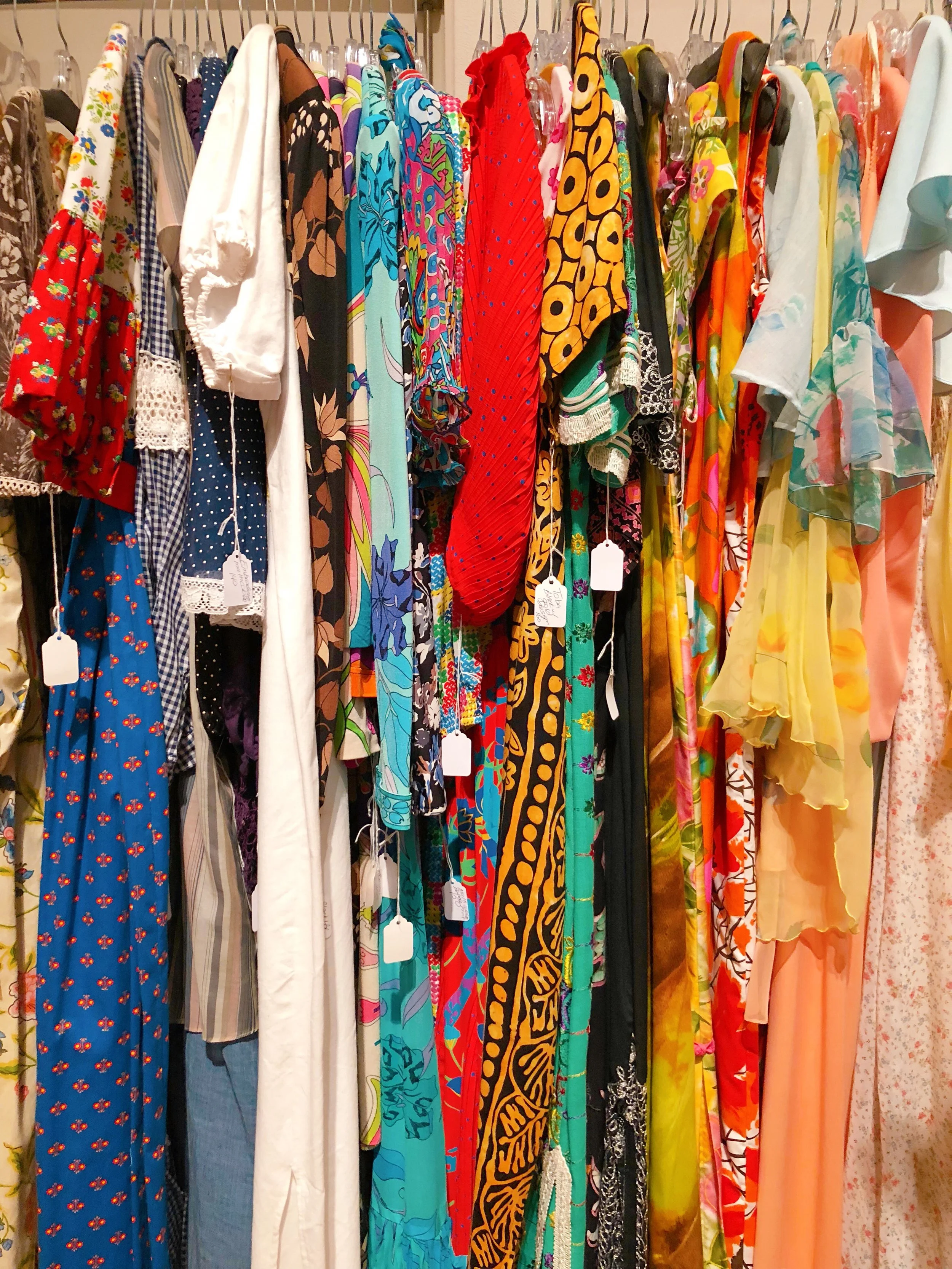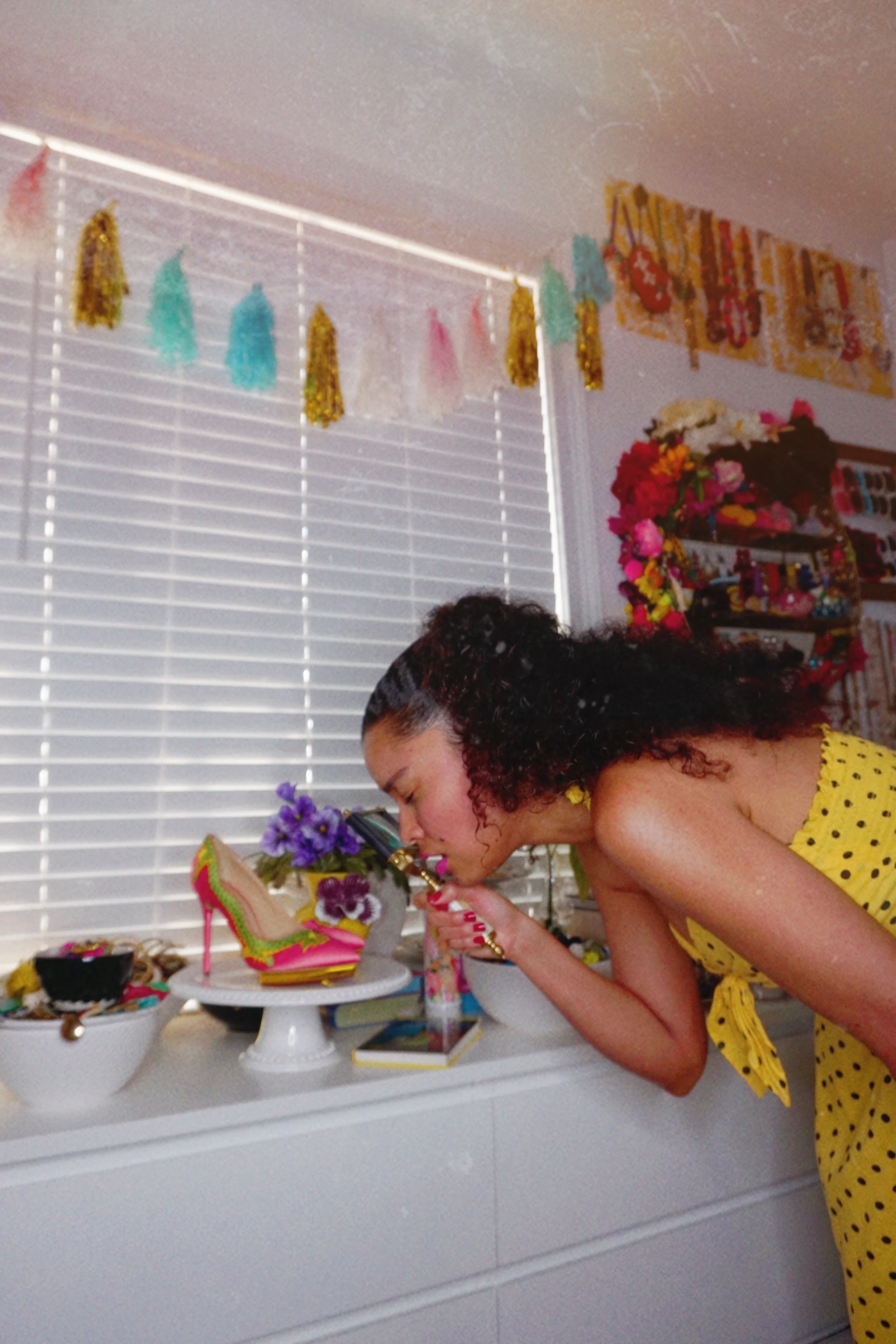VTG 101 - A BEGINNERS GUIDE TO UNDERSTANDING VINTAGE
Hello VTG Lovers! A few months ago, I asked you what you wanted to learn about vintage & thrift shopping and so many of you had such good questions so I decided to kick things off with this first lesson. I plan to continuously add to this topic, so keep the questions coming, and be sure to keep an eye on the blog as well as on my social media accounts for new entries in this series.
Today we’re going back to basics; starting with some foundational knowledge on vintage. Many of these things have been intuitive to me and I’ve never really articulated or fleshed them out into lessons, so here goes! I hope you find this information valuable and insightful.
What is Vintage?
Many times vintage, antique, and retro are terms often used interchangeably, and though they can be confusing at times, they have distinct meanings in the world of fashion and collectibles.
Vintage typically refers to items that are at least 20 years old but less than 100 years old. This category encompasses a variety of items including clothing, jewelry, accessories, furniture, and other pieces from previous decades that reflect the style and trends of their time.
Antiques are generally items that are over 100 years old. They hold historical and often high monetary value due to their age and rarity. Antiques can include furniture, artwork, jewelry, and more.
Retro refers to items that imitate or are inspired by styles from the past. Unlike vintage items, which are authentic products from their respective eras, retro items are modern reproductions designed to evoke nostalgia for a particular time period.
Why Vintage?
I've always loved that feeling of walking into a vintage shop on a mission to find unique pieces that tell a story and over the years, I’ve noticed vintage shopping has really taken off and become more popular. People choose to shop vintage for a variety of reasons, including:
Nostalgia: Vintage items evoke memories of bygone eras, allowing people to reconnect with their past or experience a sense of nostalgia for a time they never lived through.
Uniqueness: Vintage pieces often boast unique designs and craftsmanship that set them apart from mass-produced modern items. Owning a vintage piece allows individuals to express their individuality and stand out from the crowd.
Sustainability: Vintage shopping aligns with sustainable fashion practices by promoting reuse and reducing waste. By giving new life to pre-loved items, vintage enthusiasts contribute to the conservation of resources and minimize their environmental impact.
How to identify vintage?
People often ask me how I can tell when a piece is vintage, and explaining that can be a bit tricky since I rely so much on visual cues. Sometimes, I can just look at an item and instantly know it's vintage. I'll mention things like the construction, the tag, or the zipper, but a lot of it comes from years of experience and a natural curiosity about vintage shopping.
Identifying genuine vintage items does require some knowledge of historical fashion trends and production methods. Here are some tips to help you spot authentic vintage pieces compared to modern or retro reproductions:
Examine Labels and Tags: Vintage clothing and accessories often feature labels or tags that indicate the brand, manufacturer, and sometimes the era of production. Familiarize yourself with the logos and typography used by popular brands during different time periods.
Study Construction and Materials: Vintage items are typically made with high-quality materials and craftsmanship. Look for signs of hand-stitching, natural fibers, and durable construction techniques. Vintage zippers, buttons, and hardware may have distinct markings or designs.
Consider Style and Design Elements: Pay attention to the silhouette, cut, and detailing of the item. Research fashion trends from the era in question to determine if the style aligns with the period. Vintage clothing often features unique embellishments, such as embroidery, beading, or lacework, that reflect the fashion aesthetics of the time.
Assess Condition and Wear: Vintage items may show signs of wear and aging, but excessive damage or deterioration can indicate a reproduction or counterfeit. Inspect the item for stains, tears, missing buttons, and other flaws. Minor imperfections can add character to vintage pieces, but major flaws may affect their value and authenticity.




